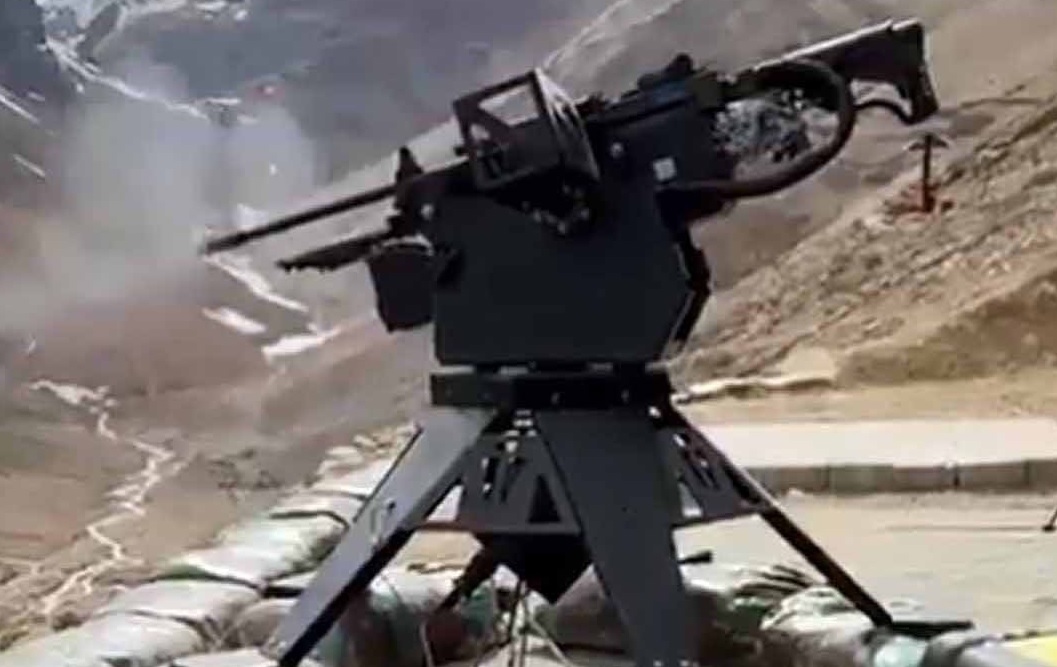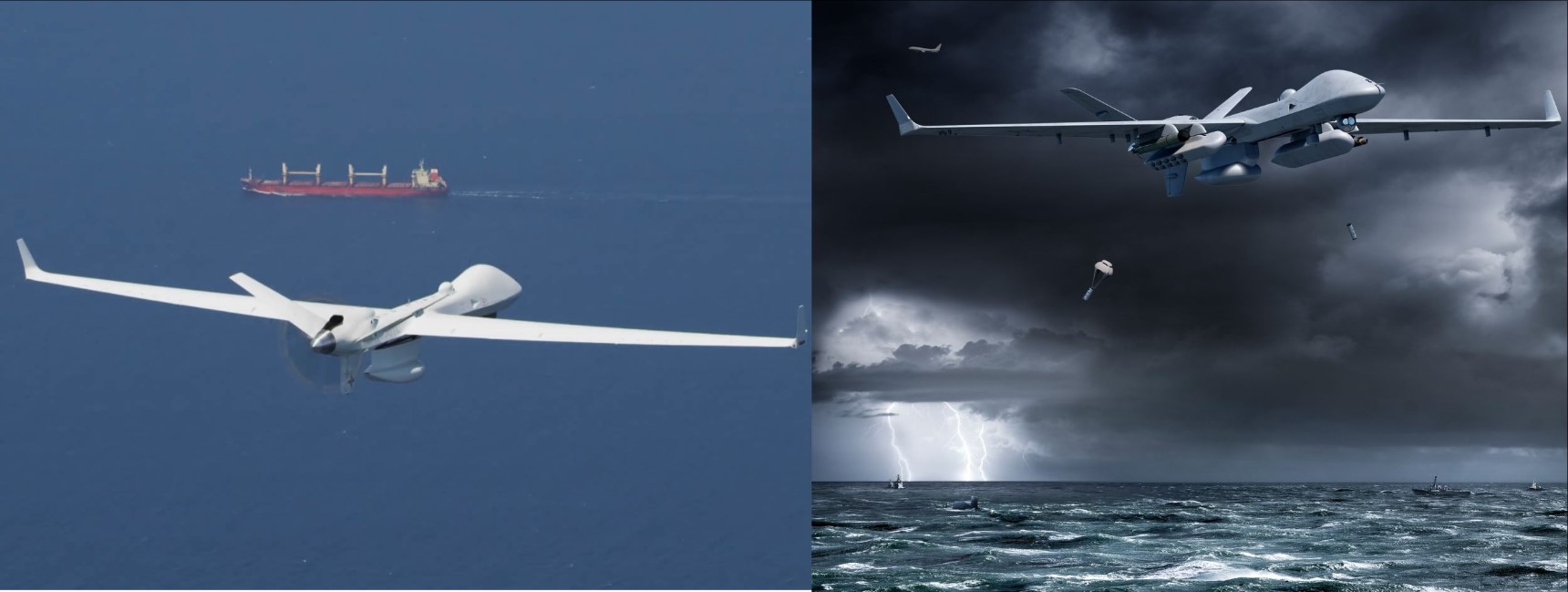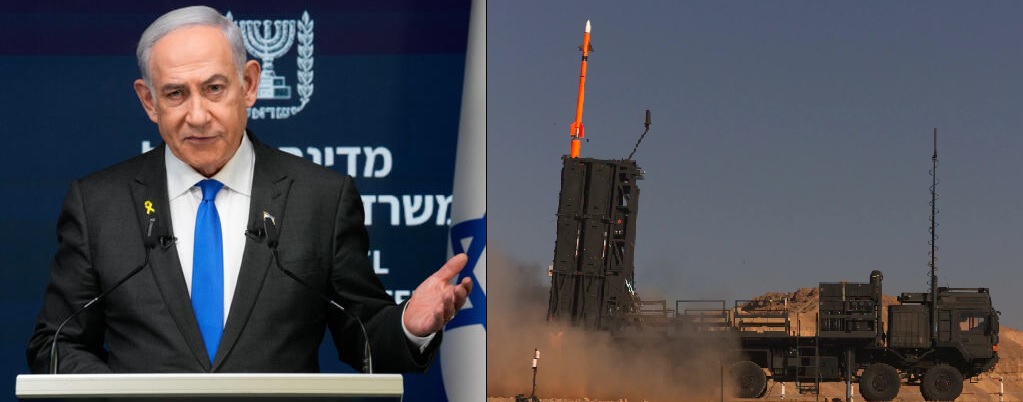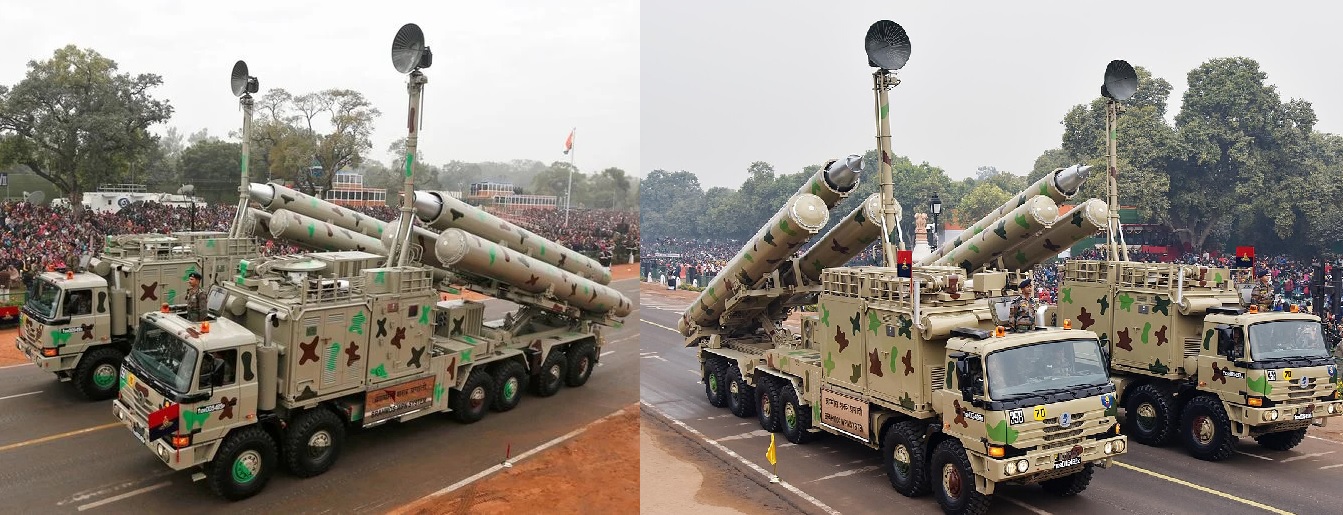DRDO's Ejectable Rocket Ignition Tech to Boost Pinaka MkIII’s Range, Efficiency, and Reload Speed

India's Defence Research and Development Organisation (DRDO) is working on a groundbreaking technology called the Ejectable Rocket Ignition System to enhance the performance of the Pinaka MkIII multi-barrel rocket launcher (MBRL). This innovation aims to improve range, fuel efficiency, and rapid reloading, making India's indigenous rocket artillery more powerful and versatile.
The project is being led by DRDO's Armament Research and Development Establishment (ARDE) in Pune, reinforcing India's commitment to self-reliance in advanced defence technology.
What is the Ejectable Rocket Ignition System?
Unlike conventional ignition systems that stay attached to the rocket throughout its flight, the ejectable ignition system is designed to separate from the rocket after launch. This lightens the rocket mid-flight, enhancing fuel efficiency and allowing for:
-
Extended Range – Less weight means greater propulsion efficiency, potentially exceeding the current 120+ km range.
-
Faster Reloading – A modular ignition system can enable quicker rearming of launchers in battlefield conditions.
-
Improved Safety – Enhanced handling and storage safety, reducing risks during transportation and deployment.
Pinaka MkIII: A Leap Forward in Indian Rocket Artillery
The Pinaka MkIII is the next-generation variant of India’s homegrown 300mm multiple rocket launch system, designed to outperform foreign counterparts like Russia’s BM-30 Smerch. The key specifications of the Pinaka MkIII include:
-
Range: Expected to exceed 120 km with improved aerodynamics.
-
Speed: Capable of reaching speeds of Mach 4.7.
-
Operational Altitude: Potentially up to 40 km.
-
Warheads: Can carry high-explosive, fragmentation, cluster munitions, and precision-guided payloads.
Integration with Advanced Technologies
The development of the ejectable ignition system is part of a larger DRDO initiative that includes:
-
Guidance kits for improved accuracy.
-
Trajectory correction systems to enhance precision.
-
Ramjet propulsion research in collaboration with IIT Madras for even longer-range applications.
Next Steps and Future Prospects
The project is progressing swiftly, with possible trials within the next six months. High-speed dynamic testing will be critical to ensure the ignition system functions correctly under extreme launch conditions.
The successful implementation of this technology will significantly boost India's artillery strength, providing the Indian Army with a more lethal, efficient, and rapid-response rocket system.
✍️ This article is written by the team of The Defense News.






